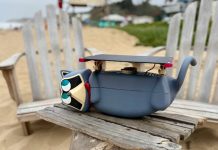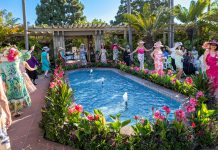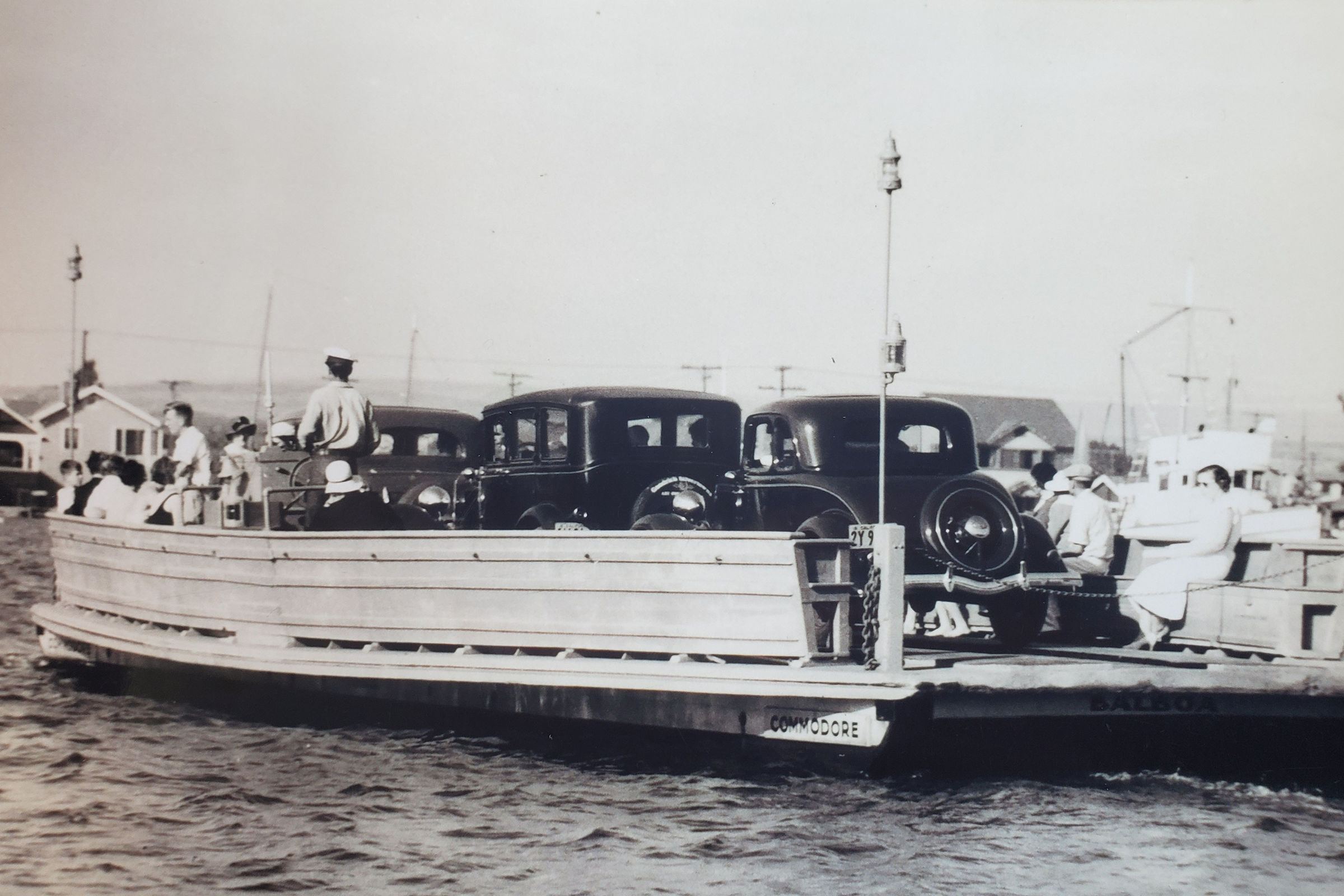
— Photo courtesy Seymour Beek ©
Longevity — many strive for it, only some achieve it.
And among those aged few, the rarest of all: The Balboa Island Ferry, which celebrated 100 years of nonstop service this month, making it “the oldest continuously operated business in Newport Beach,” owner/operator Seymour Beek explained.
The centenarian ferry service has been family-owned since Joseph Allen Beek obtained rights from the city to provide ferry service across the harbor in 1919.
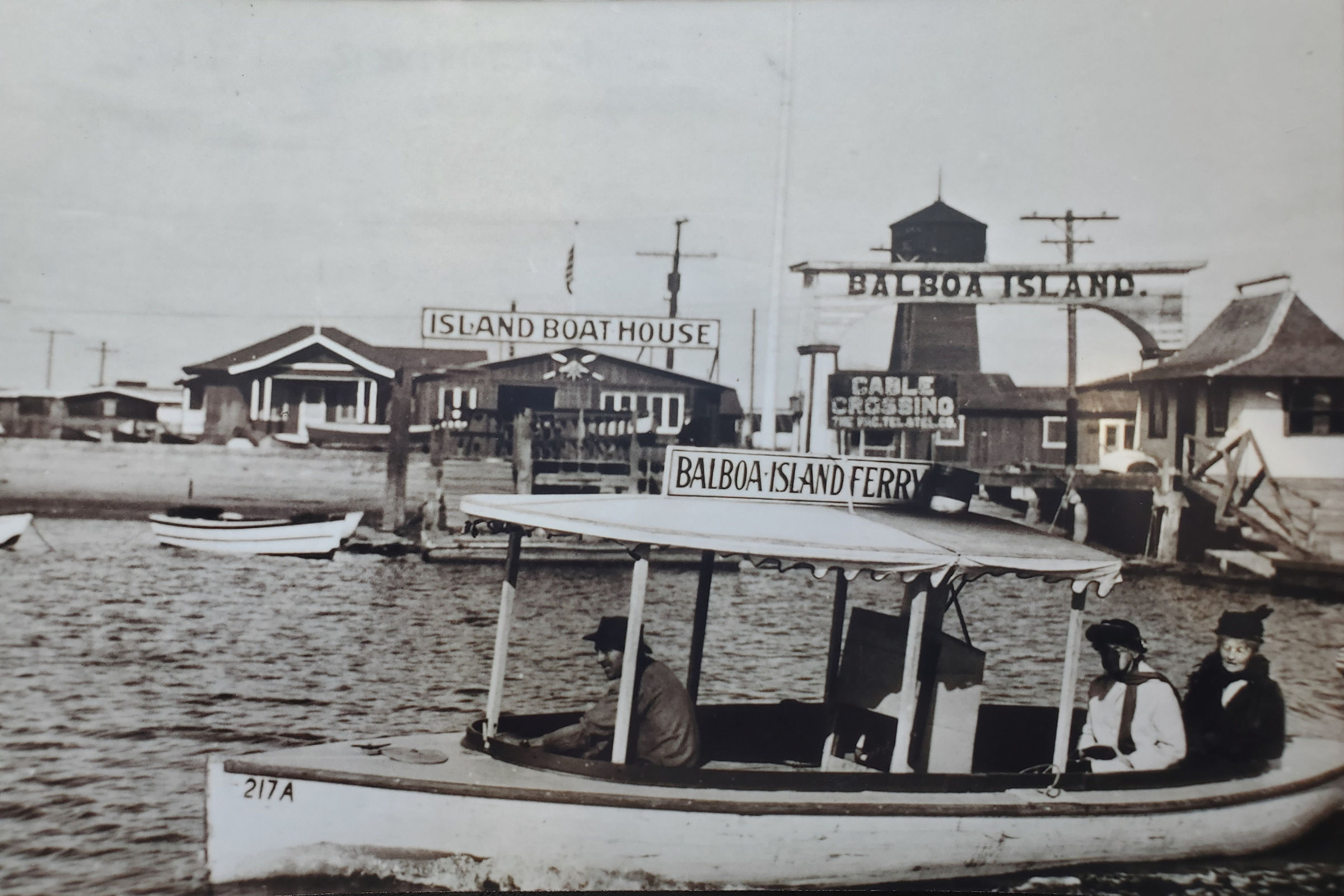
— Photo courtesy Seymour Beek ©
Beek started shuttling passengers between Balboa Island and Balboa Peninsula in the original “ferry,” a giant row boat with an outboard motor named “The Ark.” In the age of unreliable engines, he outfitted the Ark with back-up oars.
When passengers needed a ride, they’d telephone Beek. The calls were cheap, the cruise across a serious 5 cents.
During the early years, there were days when nobody needed the service, Seymour Beek noted. However, by the early 1920s, demand for service intensified along with the building of summer homes on both the island and the peninsula, along with the rapid expansion of automobile ownership.
In 1922, the elder Beek built “The Joker,” which could carry both cars and their owners. In fact, all Balboa ferryboats, starting with the 20-person, all-passenger “Fat Fairy” in 1920, were built on the island.
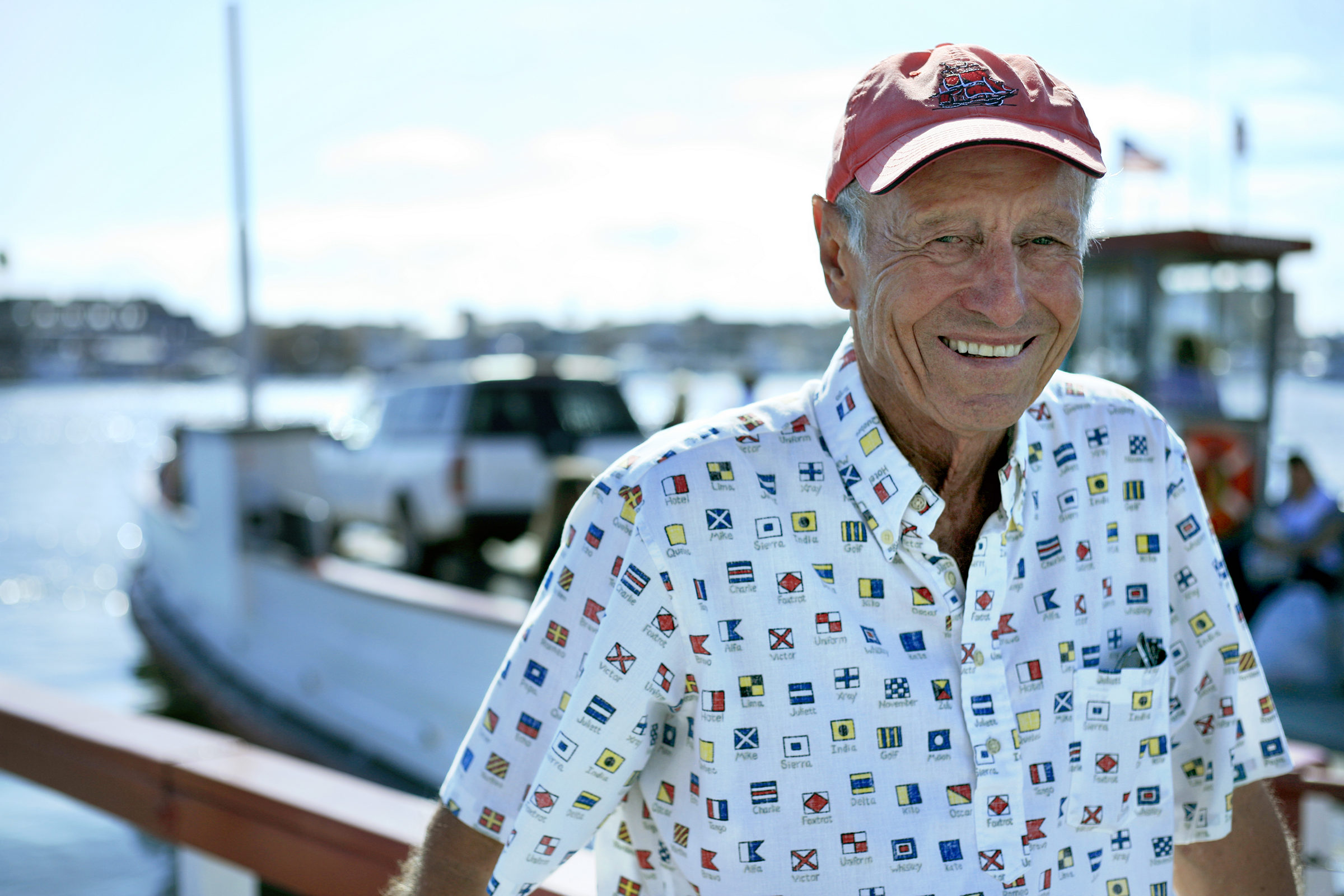
— Photo by Sara Hall ©
Although the Balboa Island Ferry travels a mere 900 feet between its landings on the island and the fun zone on the peninsula, it adds up. Ferry service runs between 6 a.m. and midnight, seven days a week, 365 days a year, with each of the three ferries on average making the crossings at least six times an hour. That’s more than 100,000 crossings every year for the fleet of ferries.
Of course, depending on time of day and time of year, season and/or weather conditions, not all ferries operate simultaneously, nor are they always full. Last year, according to Seymour Beek, they carried about 1.7 million passengers.
During the summer tourist onslaught, all three boats are pressed into virtually nonstop service, as well as on most holidays. Each ferry can accommodate three autos and up to 75 passengers on two legs, and some with four.
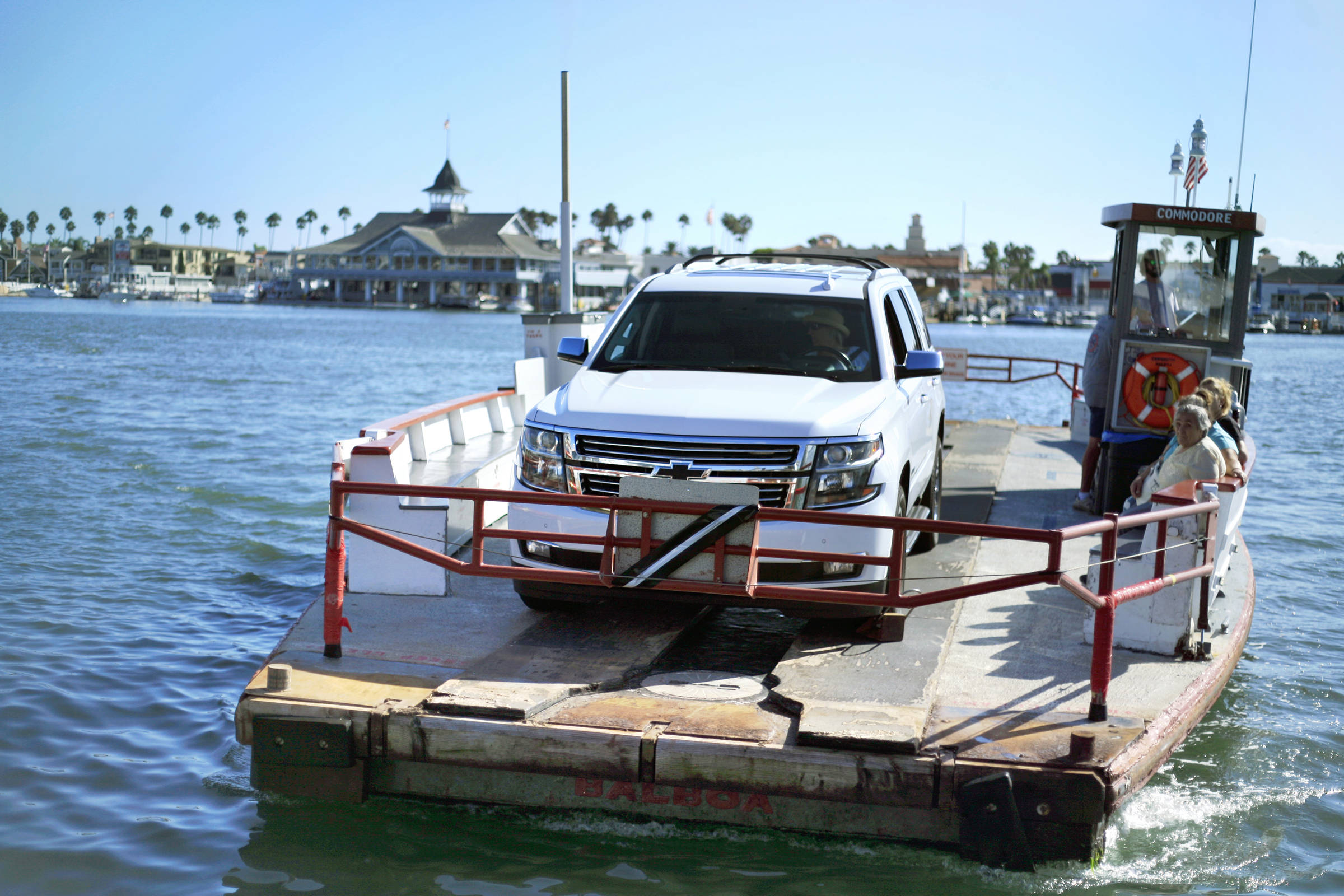
— Photo by Sara Hall ©
The busiest day in the service’s history was not as one would expect, the Fourth of July, but on an obscure midweek day in 2012, when the media reported nonstop about giant surf slamming into the wedge. That stimulated inland masses into funneling onto Balboa Island and the peninsula. It was auto and human gridlock.
“It was also the most profitable day we ever had,” Beek recalled with a smile.
The current hulls (christened Admiral, Commodore and Captain) have been operating since the early 1950s, but the “guts” are all less than 10 years old. Beek revealed that “replacements” may be “on the horizon.” Any new equipment would be virtually the same size because “we’re constrained by the streets and auto ramps. We’ve hit the (operational) sweet spot,” he said.
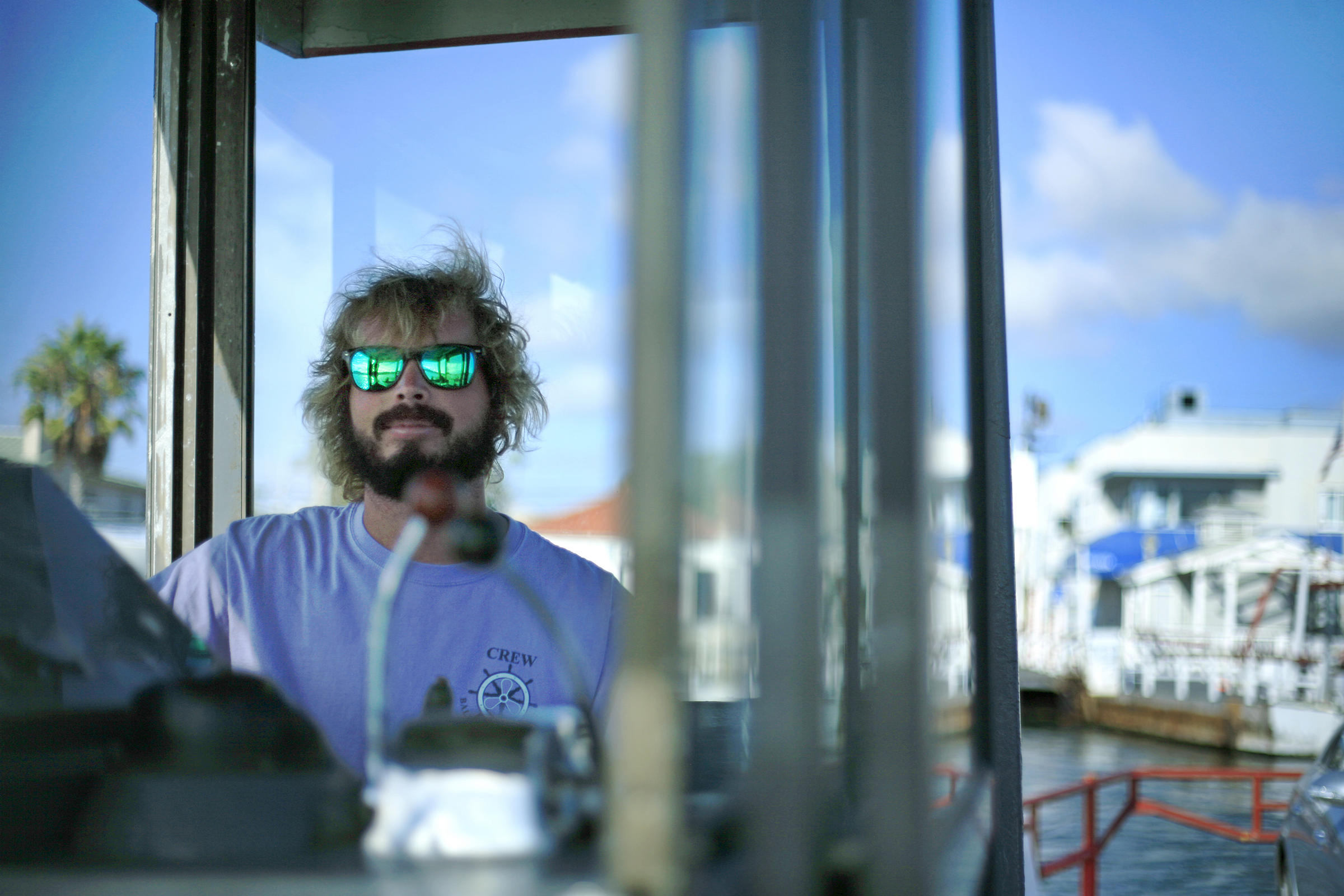
— Photo by Sara Hall ©
Over the past century, the ferries have had to run a small boat gauntlet in the narrow harbor; they’re constrained by the same “rules of the road” to which all vessels of all sizes must adhere in the inland waters. Despite the apparent chaos on busy days by both power and sail, by experts and novice alike, “there have been virtually no accidents,” save for a few scrapes caused by inexpert sailors.
“Most of our collisions have been with rented electric boats, and that’s been while our ferries have been docked,” Beek said.
The ferries are quite robust, not so the others, Beek indicated, so the results were predictable.
Thousands of young people have manned the boats over the 10 decades. Many have gone on to successful careers ranging from doctors to airline pilots, educators to politicians, Beek said. In the 1950s, one skipper, Norm Miller, went on to “skipper” the city as mayor.
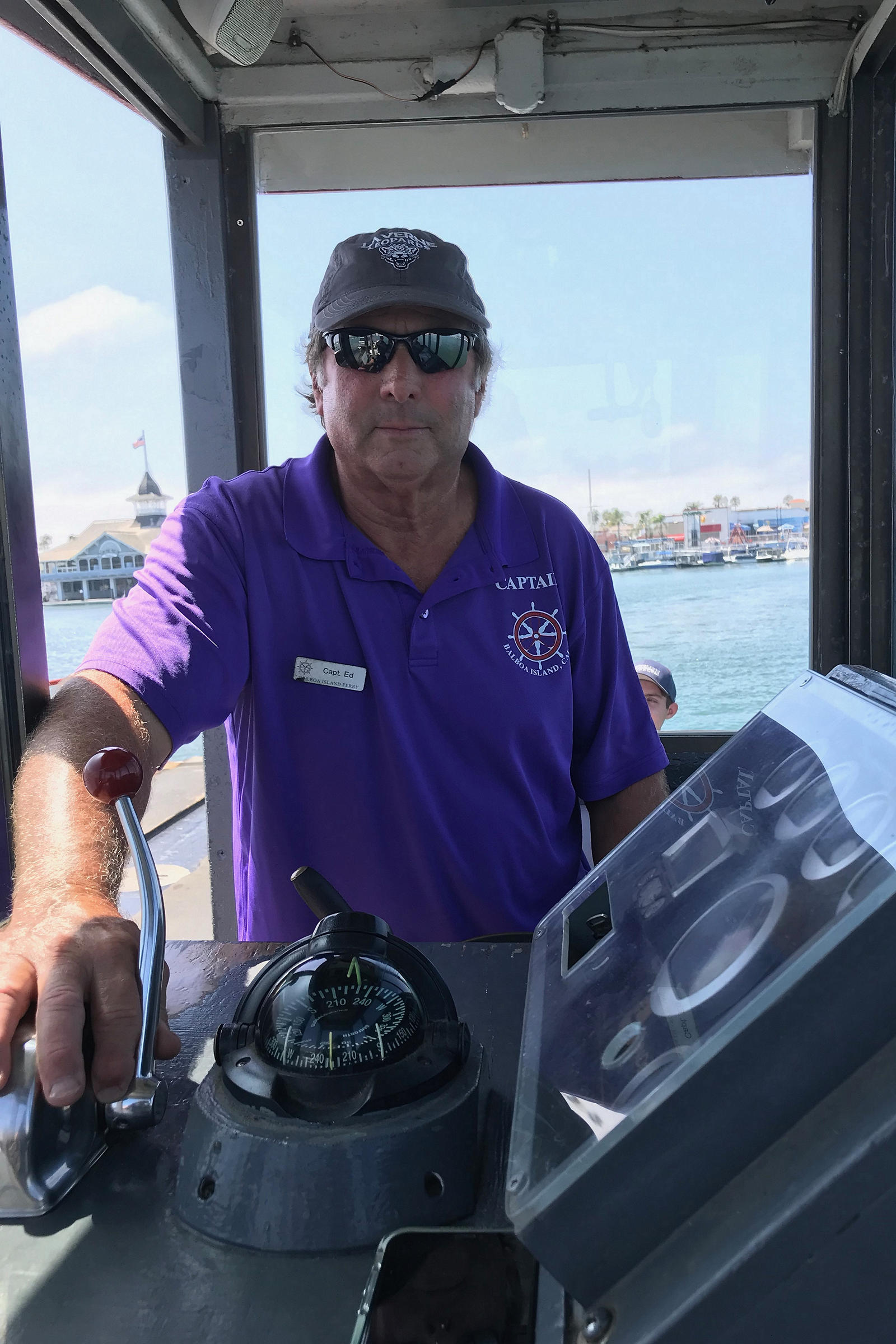
— Photo by Richard Simon ©
In 1970, and for five years during his college education, peninsula resident Ed Lee piloted the barges to help pay his tuition. On one of his crossings, he met a young Balboa Island student, whom he later married. Although Lee loved ferrying the ferries, “it was no living for a married man.”
He spent the next 32 years in banking, retiring at the age of 55. But, bored after a year’s retirement, Lee navigated back to Beek and asked to become a captain once again. That was nine years ago. Today, as the most senior captain, he skippers five days a week, from 6 a.m. until 2 p.m., and “still loves it.”
“I just love coming down here and talking to the people. I give ‘em a 90–120-second history of the harbor. I also love seeing the wildlife in the harbor. I’ll keep doing this ‘til it’s not fun anymore,” he said.
A quiet man, Seymour Beek didn’t plan a massive, citywide, 10-carat diamond party, but he did take his extended ferry family on an evening barge cruise of the harbor last week, replete with champagne dinner service and dancing on board. It’s a bubbly way to launch the next 100 years.
For more information, visit balboaislandferry.com.
Contact the writer: Pleasepitchrich@yahoo.com
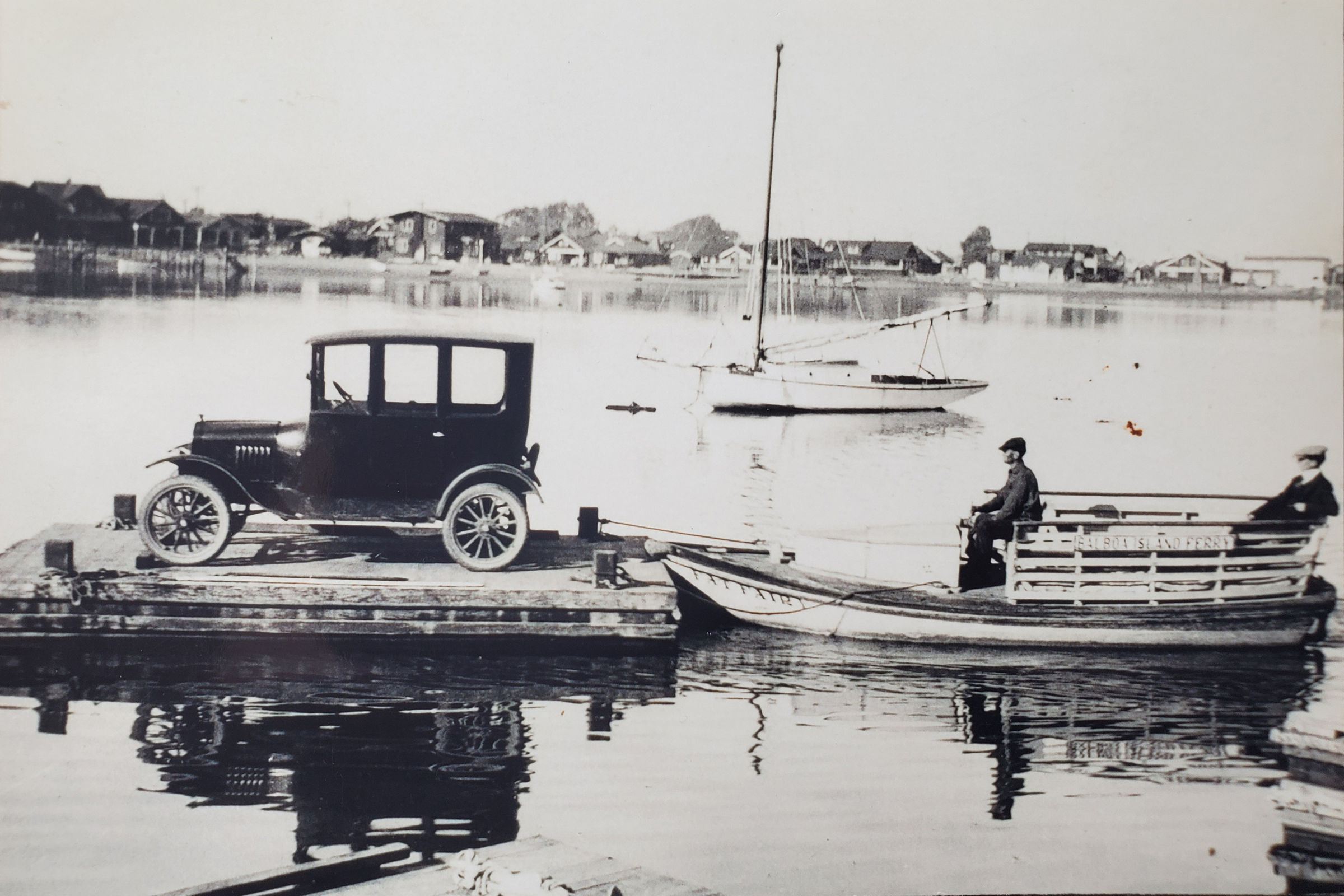
— Photo courtesy Seymour Beek ©
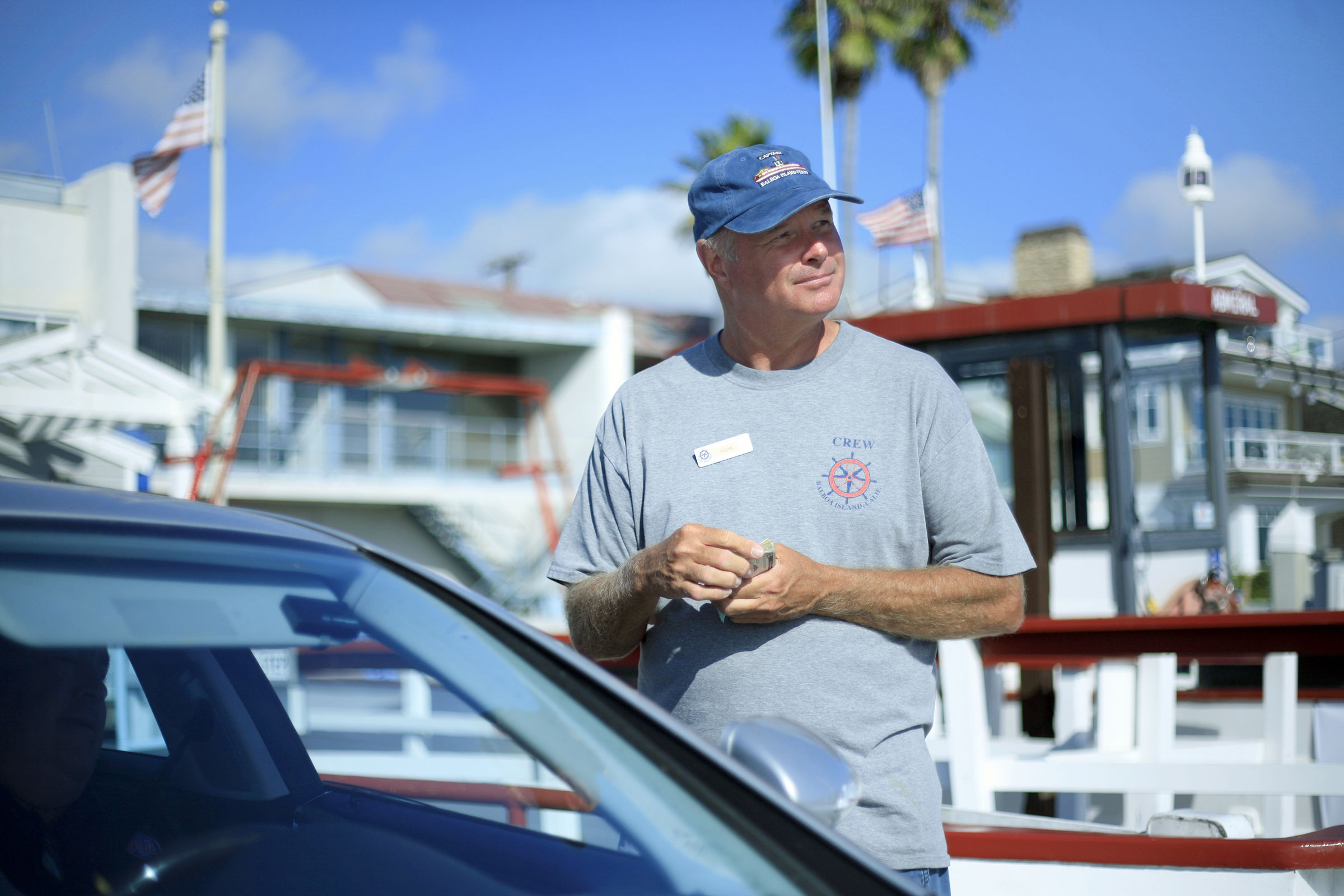
— Photo by Sara Hall ©
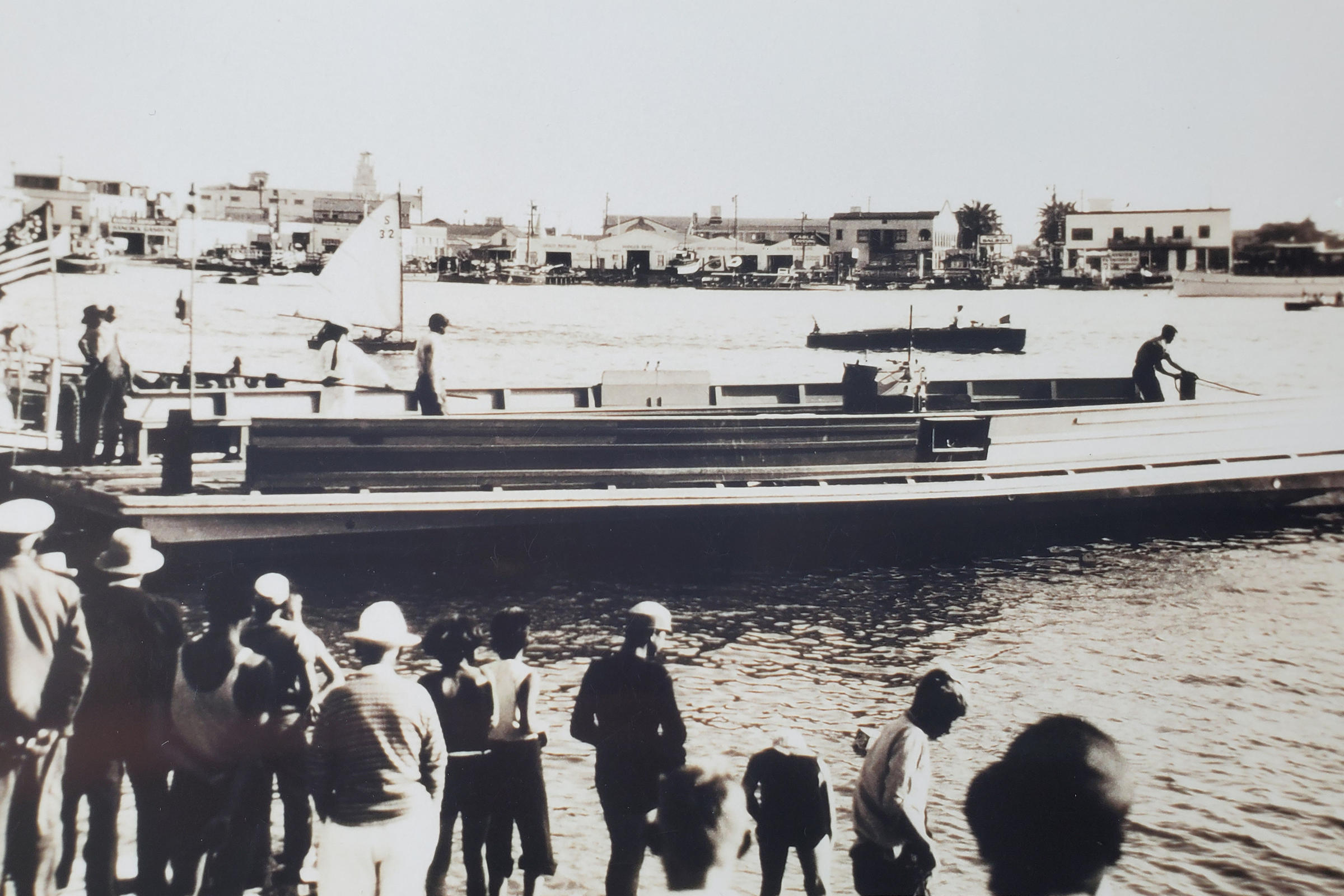
— Photo courtesy Seymour Beek ©
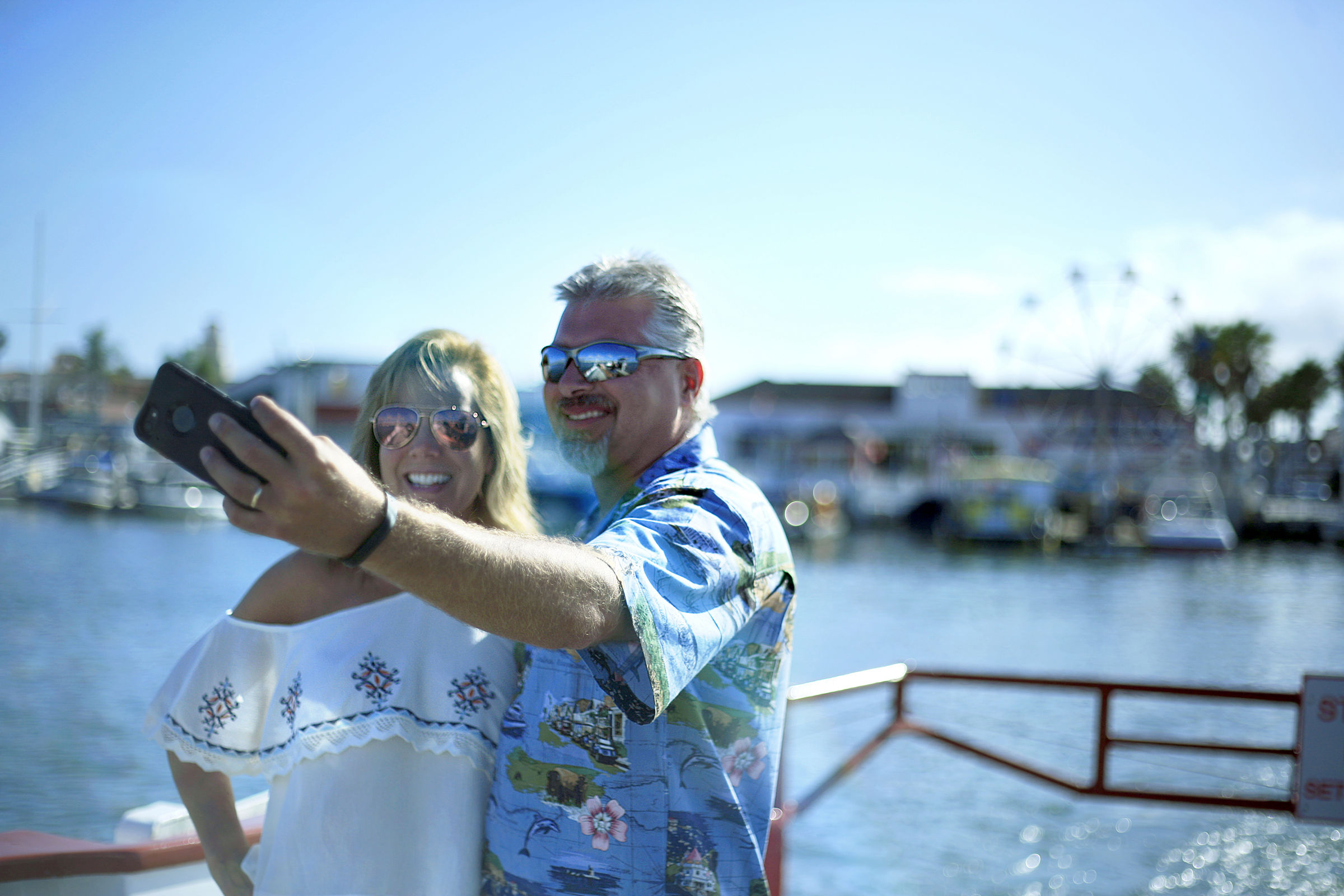
— Photo by Sara Hall ©
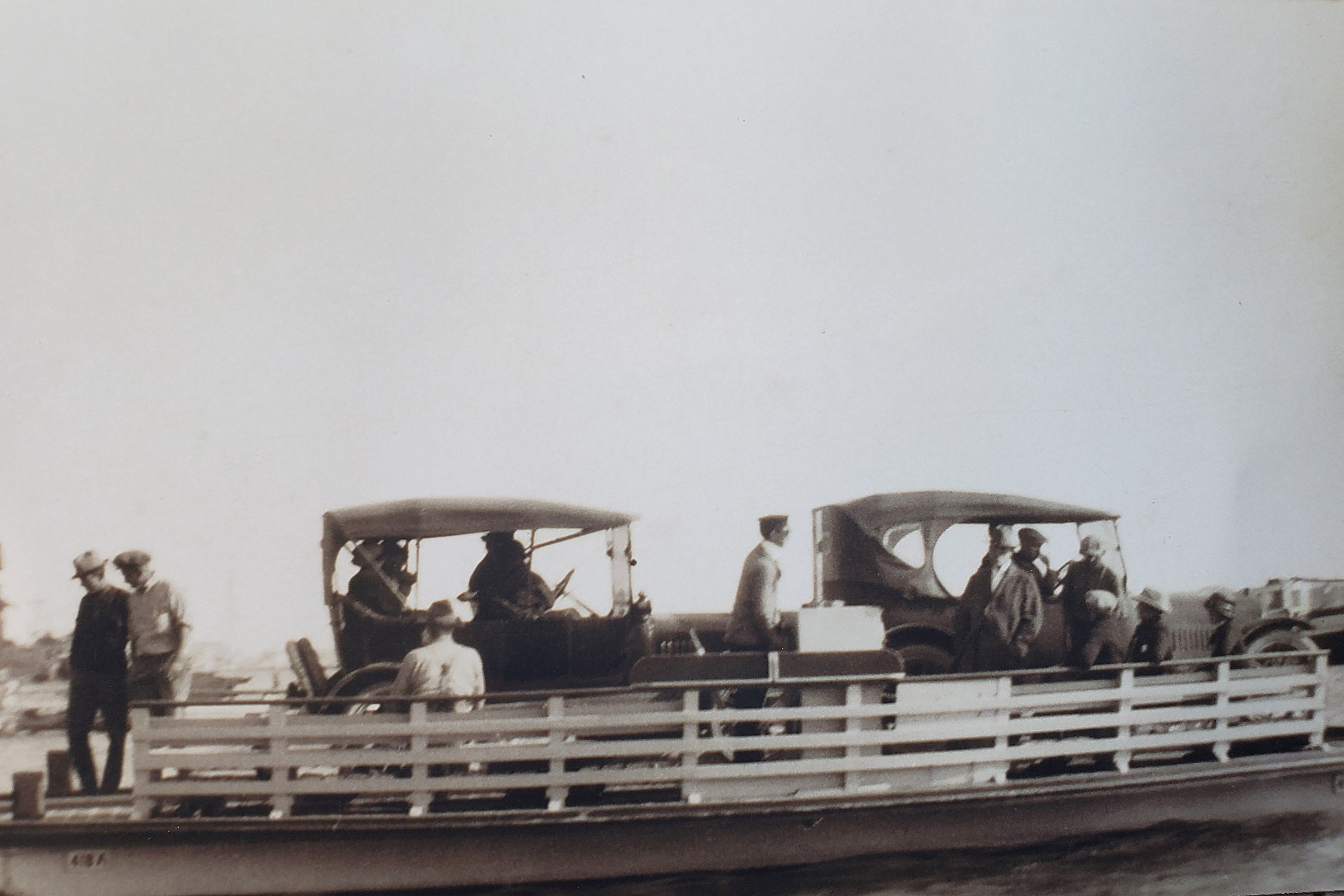
— Photo courtesy Seymour Beek ©
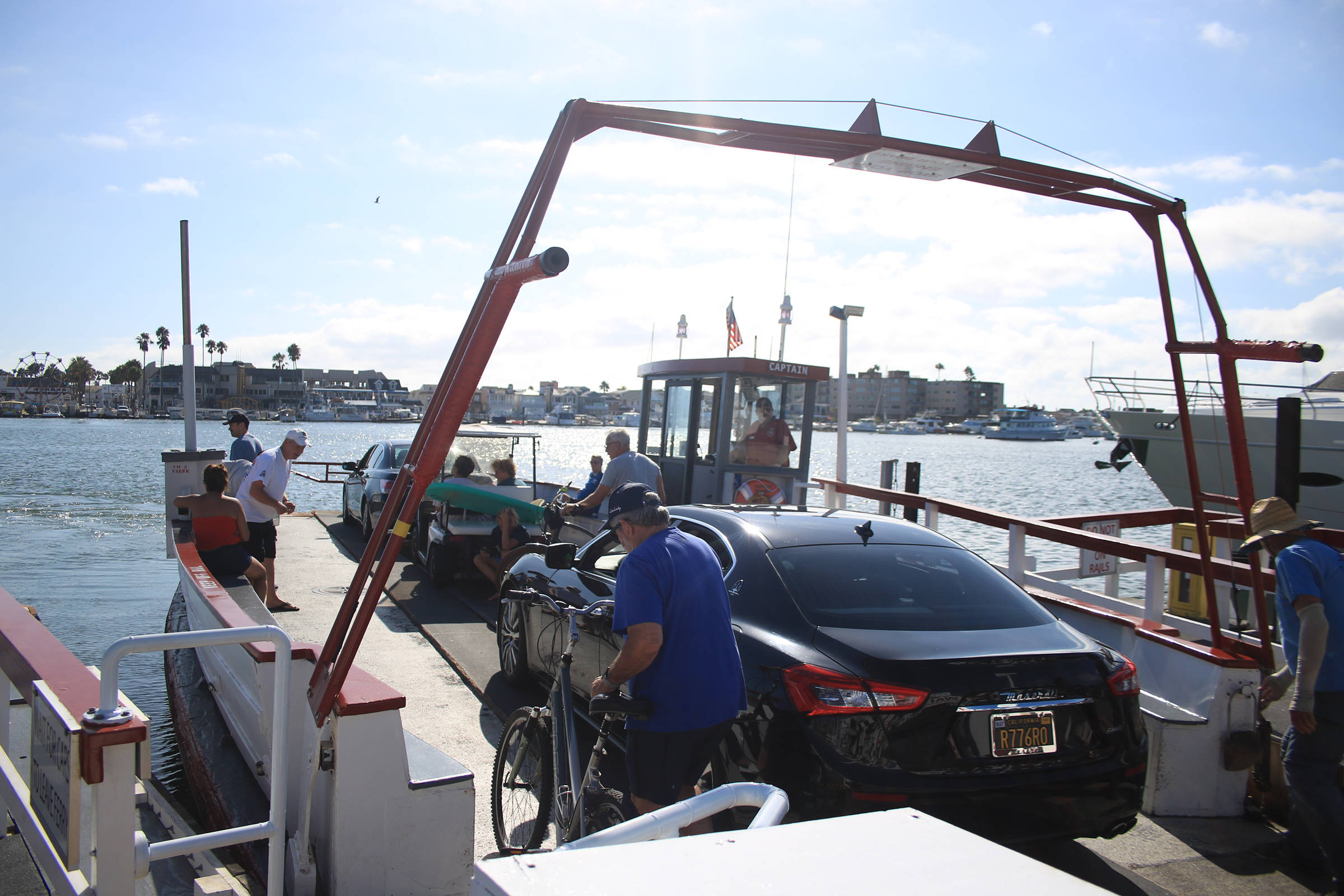
— Photo by Sara Hall ©
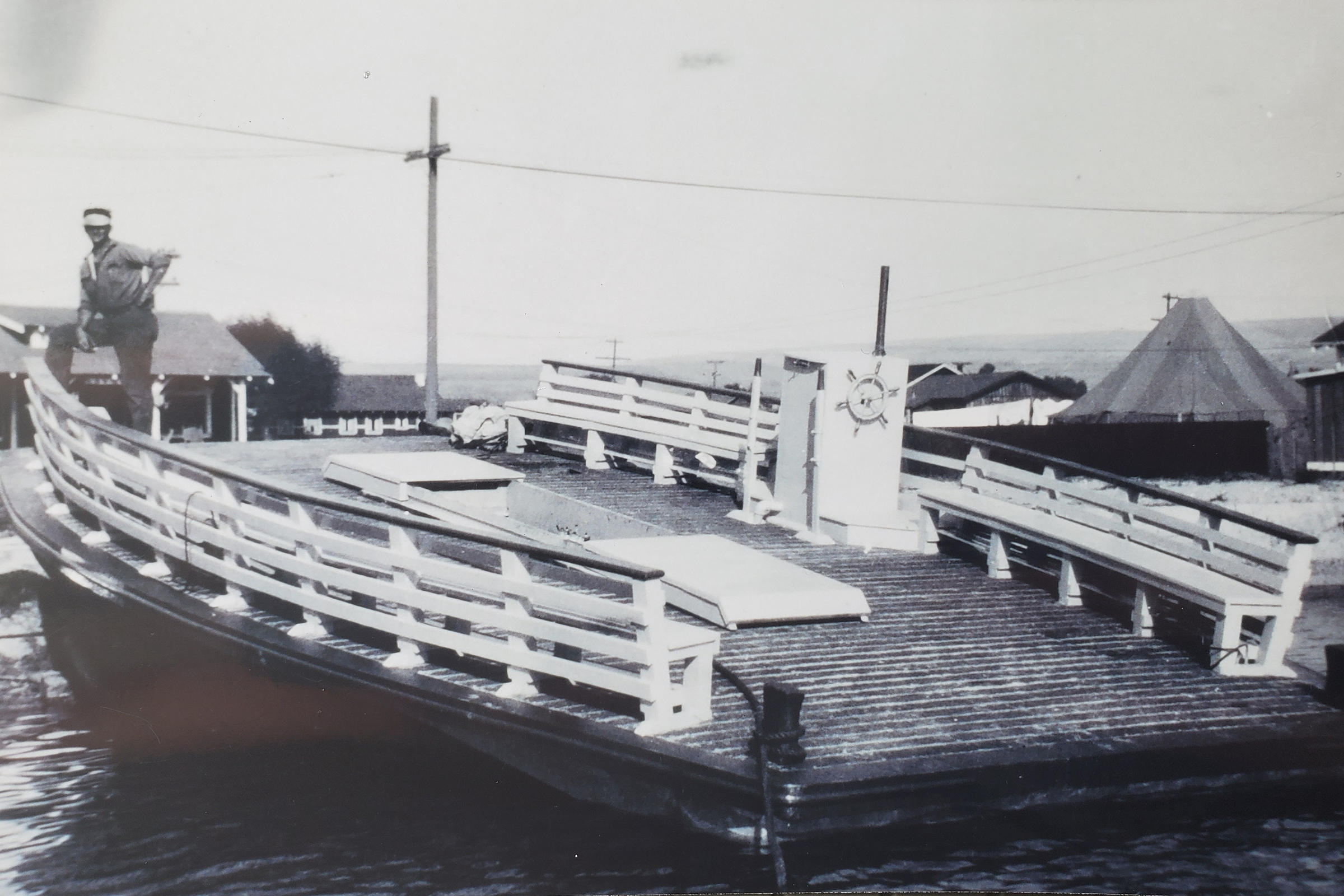
— Photo courtesy Seymour Beek ©
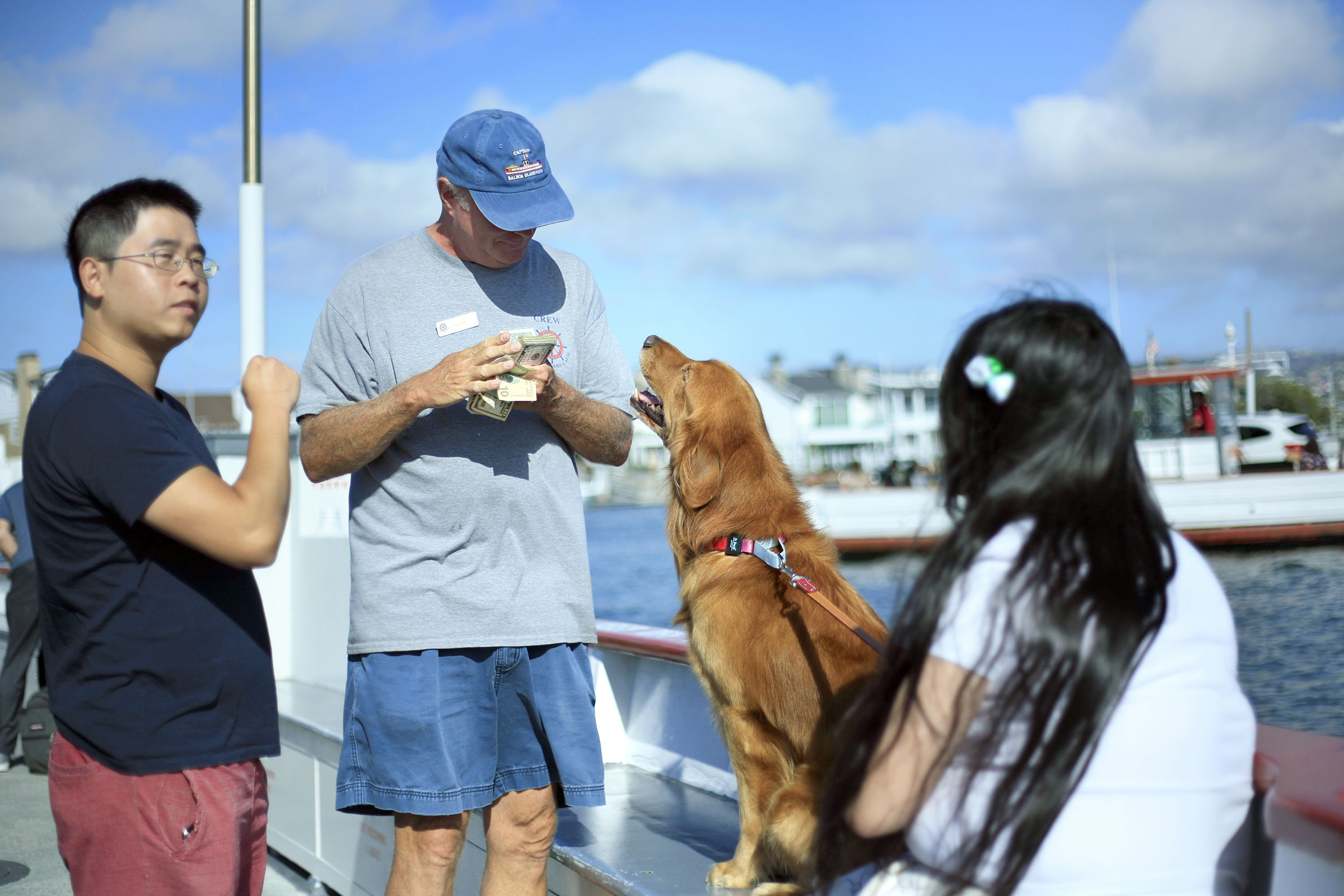
— Photo by Sara Hall ©


